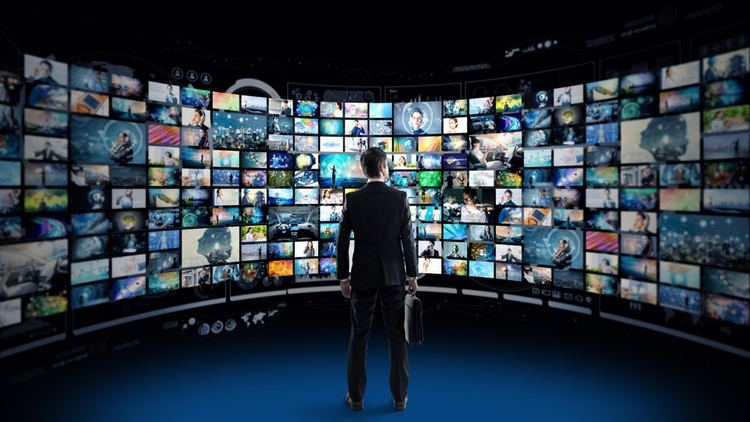AI Technology in Television
The topic of AI (Artificial Intelligence) has been booming lately, and for good reason. This past year has brought significant development and public release of various AI technologies, and it seems to be implemented in the television world as well! Not necessarily meaning human-look-alike robots, AI can and is used in a variety of manners, from automated responses to extremely fast analyses. Here are a few of the newest implementations showing up on your entertainment screens.
Extra High Resolution
Samsung is already beginning to work on their own AI developments for their products. Early this year, they revealed the world’s first 8K AI technology for its new 85-inch 8K QLED TV. The AI technology is based on machine learning, analyzing content, and automatically upscaling low-resolution images into 8K picture quality. Despite quite a few high resolution television displays being available for purchase on the shelves of stores, many viewers still can’t completely enjoy the experience due to the lack of available high resolution content.
However, with Samsung’s new AI technology, televisions are made to transform all pictures into 8K. This is the current highest ultra-high definition resolution in digital television and digital cinematography. This latest advancement allows viewers to get the benefits of 8K resolution with pretty much any TV show or movie, no matter the native resolution or method of transmission.
Smart Assistance
LG and Sony weren’t too far behind when releasing their own advanced updates. You can experience more AI technology in these companies’ products when using Google Assistant. Added onto a few of their televisions, viewers have the ability to change channels, power on their game consoles, or pull up specific apps, just by simply speaking commands to their television. I think most of us prefer this method over fumbling for our remotes.
There are so many other commands available with the added Google Assistant. Viewers can ask their TV for information about the content they’re currently watching, such as the name of an actor in the movie. Google Assistant can also tell you sports scores, what the weather is like, and play your music when you ask. Possibly my personal favorite feature: If you have the TV on while doing your morning run on the treadmill, you can ask the Assistant to show you a video that’s synced to your pace, changing the image on the screen to make it look as if you’re running through a forest.
Stepping one foot ahead of Google, Hisense unveiled its new generation AI television system, “VIDAA-AI”, this year. The company made the jump, teaming up with Yi+, a Chinese AI start-up specialized in developing machine vision technology for content marketing. Similar to Google Assistant, this tech responds to the same commands, but it can also automatically find specific sections of video content based on a spoken description.
To give you an example, lets say you’re watching your favorite TV show and you love an outfit the actor or actress is wearing. You think to yourself, ‘I love that shirt!’ Even if the scene has already changed, you can tell the Assistant, “Show me the scene with Jane’s blue shirt”, and it will take you to that scene, as well as bring up the shirt—or other shirts similar—in large, in-person format, including the purchasing information right to your screen.
In addition (yes, it does get better), VIDAA-AI can generate short clips algorithmically, so you have the option to create your own custom sports highlights.
Continued TV Classics
The future of cartoon TV could also heavily rely on AI technology advancement. Researchers from the University of Washington, the University of Illinois Urbana-Champaign, and the Allen Institute for Artificial Intelligence were able to program knowledge on how to create new episodes of concluded cartoons into their own Artificial Intelligence. Classic cartoons such as The Flinstones are able to be recreated even after their program has completed. Currently, the system was trained on a set containing only clips of about 3 seconds or 75 frames long, but with time, training and processing power, this could lead to future episodes of classics like the Simpsons or the original Scooby Doo cartoons.




